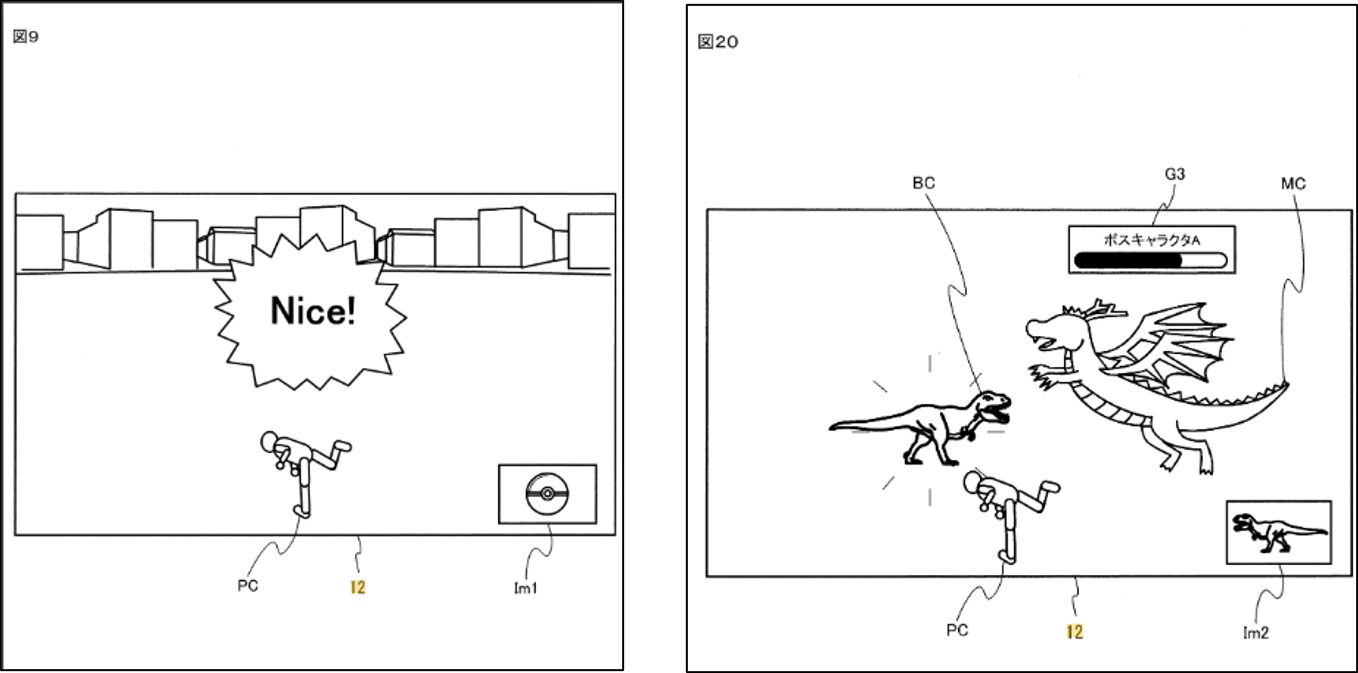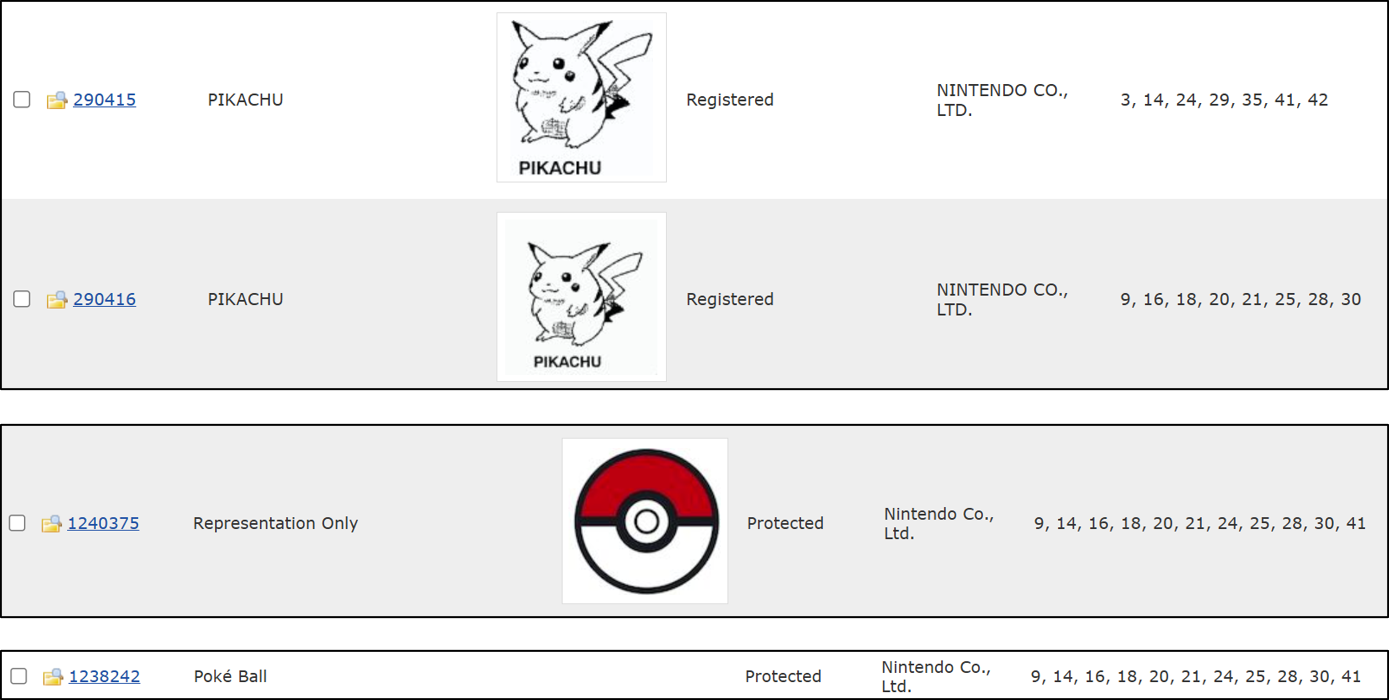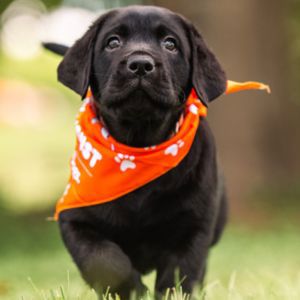In 2016, the world was enthralled by Pokémon Go. Glued to their phones, hunting for the unique monsters in their own neighbourhoods, players found themselves trespassing on private property, falling into the ocean and slipping down ditches. In a cringe-inducing moment, Hillary Clinton – then a presidential nominee – infamously urged voters to “Pokémon go to the polls”.
It was, and still is, one of the most influential games of our time, and solidified Pokémon as a cultural juggernaut of overwhelming longevity and impact.
Last year, Nintendo, together with The Pokémon Company, filed proceedings in the Tokyo District Court against Pocketpair, the game company behind “Palworld”, a game colloquially known in the gaming community as “Pokémon with guns”. That is the problem, at least from Nintendo’s perspective.
Palworld is an action-adventure game which involves the capture and taming of animal-like creatures called “Pals”, which are equipped with firearms, earning the game its nickname. Nintendo has claimed that Palworld is infringing patents relating to specific ‘game mechanics’. For the uninitiated, these are essentially the computer-coded rules which govern a player’s actions, together with the game’s response to them. The ability to make a character jump could be considered a ‘game mechanic’, for example.
Nintendo is seeking just over NZ$100,000 in damages, which might seem like a small amount given the size of the companies involved. However, more significantly Nintendo also seeks an injunction, preventing sale and distribution of Palworld in Japan.
The patents Nintendo is relying on are three ‘divisional’ patents, a type of patent that originates from an earlier ‘parent’ patent – typically when the originating patent contains more than one invention. These stem from a single 2021 patent and relate to:
- The use and activation of rideable characters which are capable of moving in the air when an input is received while a player character is in the air.
- Aiming and throwing a captured item at a character in a virtual space to capture that character, where an indicator over the target character indicates a degree of difficulty for successful capture.
- Directional aiming of a capture device used for capturing characters, and releasing that captured character to cause it to fight another character in the field.
Two of the claimed patents relate to the throwing of a Poké Ball to capture Pokémon. The Poké Ball has come to be synonymous with Pokémon – but up until recently, a player could also throw a “Pal Sphere” to capture “Pals” in Palworld. Now, however, following a recent update to the game, the “Pal Sphere” is nowhere to be seen.

Technical Drawings from Japanese Patent 7493117B2 (Nintendo Co Ltd, Pokémon Co).
Litigation of this sort usually focuses on copyright issues, often involving claims about infringement of the underlying artistic works, literary works, and code. While copyright protects how an original work is expressed, such as computer code, a video game’s storyline, or the game’s characters, patents protect how something useful, novel, and inventive functions.
It is fundamental to intellectual property law that it is impossible to protect an idea or a concept; it is in no one’s interest to monopolise ideas. Unfortunately for Nintendo, there is nothing copyrightable about the concept in a game where a player can capture virtual monsters. In addition, Palworld’s monsters do not currently appear to bear sufficient resemblance to the eminently recognisable Pokémon that everyone has come to know, such as Pikachu and Charizard. Backed into something of an intellectual property corner, the weapon that remained for Nintendo was patents.
While the Japanese courts are yet to consider the case, it is worth considering whether such a case could be brought in New Zealand. Local developers may also want to consider the implications for their work in international markets. The New Zealand Game Developers Association said in October that the New Zealand game development sector recorded NZ$548 million in pretax revenue in the 2023/2024 year, describing it as one of the fastest-growing creative sectors in New Zealand and noting its creation of high-value jobs.1
Since 2002, computer software has been patentable in Japan. But under New Zealand’s Patents Act 2013, a computer program “as such” is not patentable, and cannot be patented if the “actual contribution made by the alleged invention lies solely in it being a computer program”. In practical terms, for a computer program to be patentable in New Zealand, it must be tethered to a practical, tangible result. The Patents Act provides an example of a computer program on a computer chip which is inserted into a washing machine to provide a better method of washing clothes.
While the only thing that is different about the washing machine is the computer program, the actual contribution lies in the way in which the washing machine works – it doesn’t stem from the operation of the computer program as such.
With this example in mind, the patents at issue in Nintendo’s claim would not pass the test under the Patents Act. Game mechanics are clearly “computer programs as such”. It is no coincidence that Nintendo has no current patents in New Zealand, and its only previous patents in New Zealand have protected the functionality of its consoles or their components.
With no patents in play, Nintendo would then have to rely on copyright. However, Pocketpair has not copied Nintendo’s code. At first glance at least, it has not sufficiently copied any Pokémon characters, storylines or artwork. As mentioned previously, there can be no copyright in an idea – just how that idea or concept is expressed. This is, presumably, why Nintendo has not relied on copyright in the Japanese proceedings.
Likewise, trade mark infringement is not an avenue that Nintendo has opted to rely on. Nintendo has a range of registered trade marks in New Zealand, including Pikachu, the words “Poké Ball”, and the representation of the Poké Ball itself. However, to successfully bring a trade mark infringement proceeding against Pocketpair in New Zealand, Nintendo would have to prove that Pocketpair had used a sign that was confusingly similar to Nintendo’s registered trade mark, and that such use was “as a trade mark”. That is, to constitute infringement, Pocketpair’s use of the sign would need to be as a “badge of origin” – for example, if Pocketpair depicted a character which was identical or confusingly similar to Pikachu on the packaging of the game, in an effort to distinguish it from other games.

A Selection of Nintendo’s New Zealand Trade Mark Registrations
The last options standing in New Zealand would be the tort of “passing off”, or the very similar statutory provision in the Fair Trading Act 1986, which prohibits “conduct that is misleading or deceptive or is likely to mislead or deceive”. Under these heads, Nintendo would need to put together an argument that Palworld is deceptive, causes confusion in the marketplace, and banks off Pokémon’s reputation.
Some emboldened Redditors in that community have made their position clear: “Patenting game mechanics is ridiculous”; “I think it’s absolutely silly to patent throwing and catching things with a device”; “This is basically the same as an author suing another one for writing a book because they think they own punctuation”. What is made apparent by the Japanese case, however, is that a company is entitled to protect what it can, where it can. Rightly or wrongly, the animated comments of online critics will not change the fact that Japanese law has allowed for the patentability of game mechanics.
While those Redditors would undoubtedly prefer the New Zealand position on computer program patentability, for now, Nintendo has one thing in mind for infringers – “gotta catch ‘em all”.
If you have any questions about the matters raised in this article, please get in touch with the contacts listed or your usual Bell Gully adviser.
[1] New Zealand Game Development Industry Reports 26% Growth, Achieving NZD 548 Million In Revenue For 2023/2024 | Scoop News
Disclaimer: This publication is necessarily brief and general in nature. You should seek professional advice before taking any action in relation to the matters dealt with in this publication.











